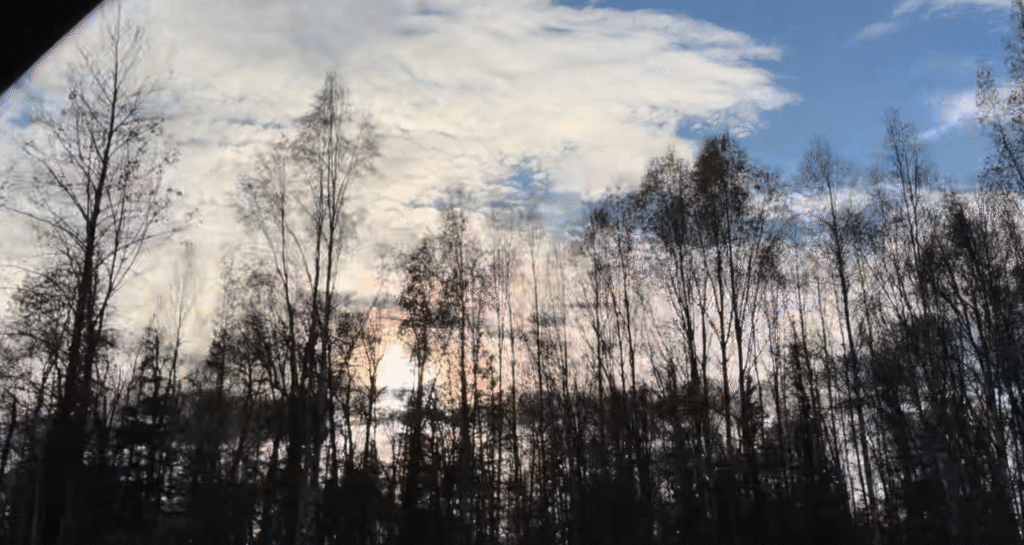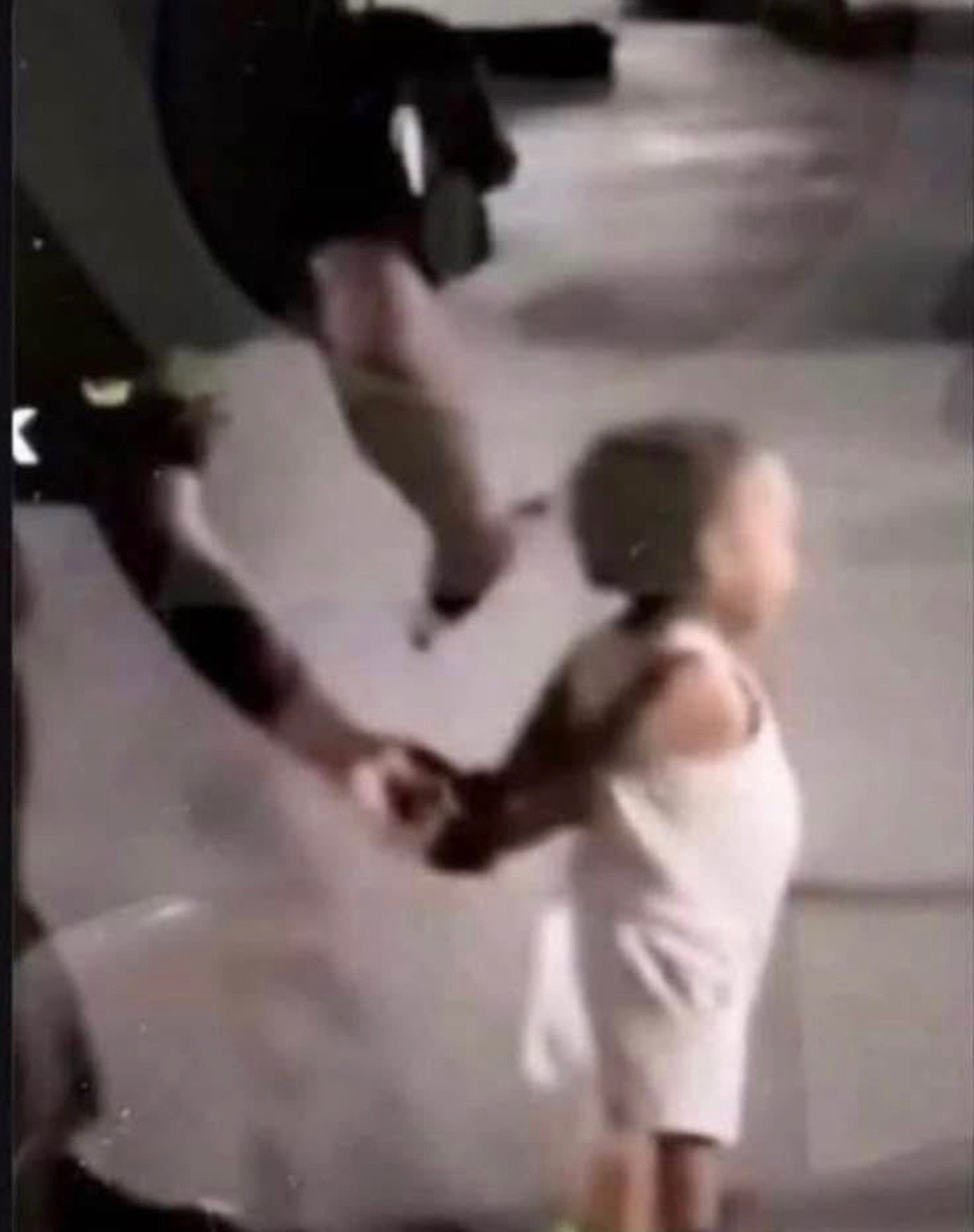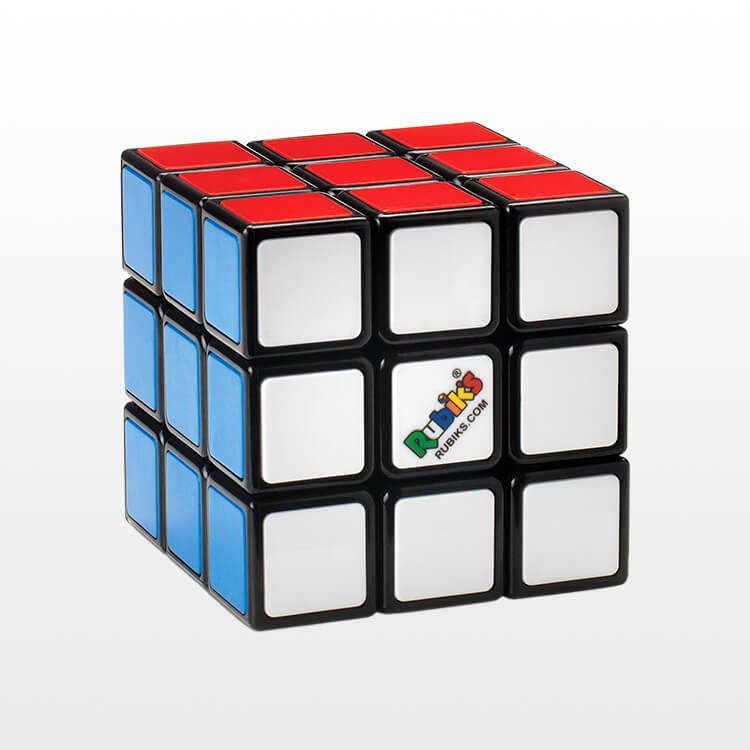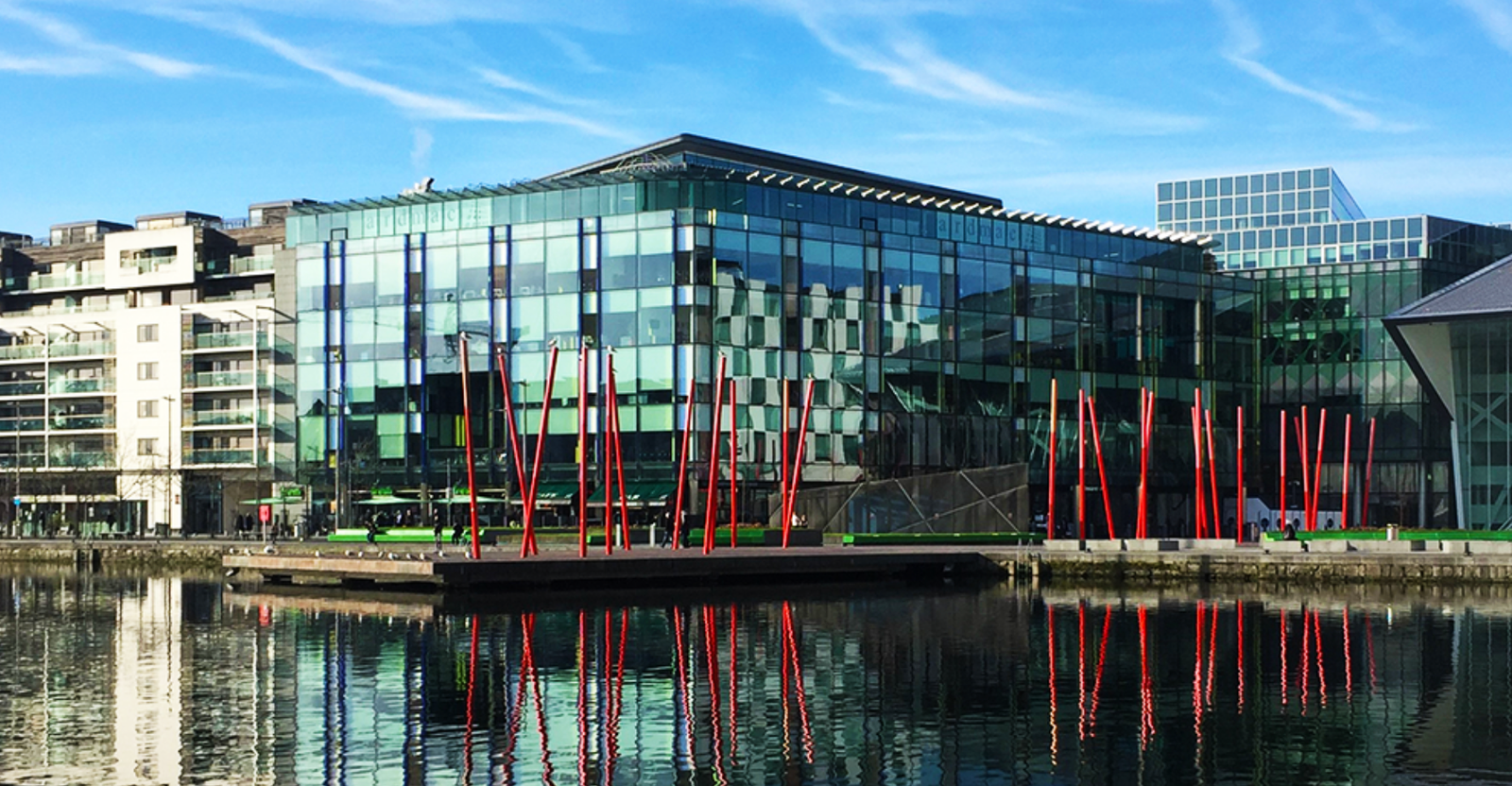A blurred image of a toddler with hands behind the back surged across social platforms alongside claims that federal agents zip‑tied a baby during a late‑night raid in Chicago, but there is no verified source video or photo linking this specific image to the operation, and fact‑checkers have flagged similar child‑seizure images as AI‑generated or misattributed.
Meanwhile, credible outlets and officials confirm an aggressive raid did occur and that Illinois authorities are investigating witness allegations that children were zip‑tied, though authenticated visuals of a toddler being zip‑tied have not been produced by reputable newsrooms.
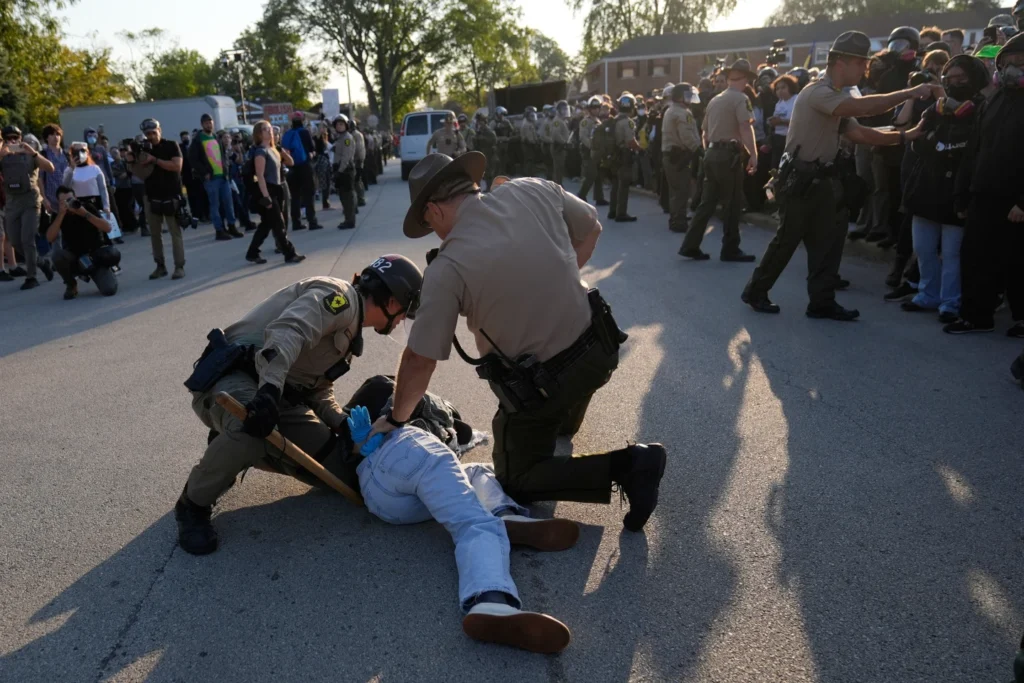
What actually happened
- Federal agents conducted a pre‑dawn operation at a South Shore apartment complex using helicopters and door breaches; Reuters, CNN, and local outlets documented the raid’s scope and aftermath, including dozens detained and hallways littered with belongings.
- Illinois Governor JB Pritzker ordered state agencies to evaluate the treatment of children after widespread reports that some minors were zip‑tied and separated from parents; that inquiry is ongoing.
- News accounts include on‑scene witness statements alleging children were restrained with zip‑ties and taken out unclothed, but none supply verified imagery matching the viral toddler still.
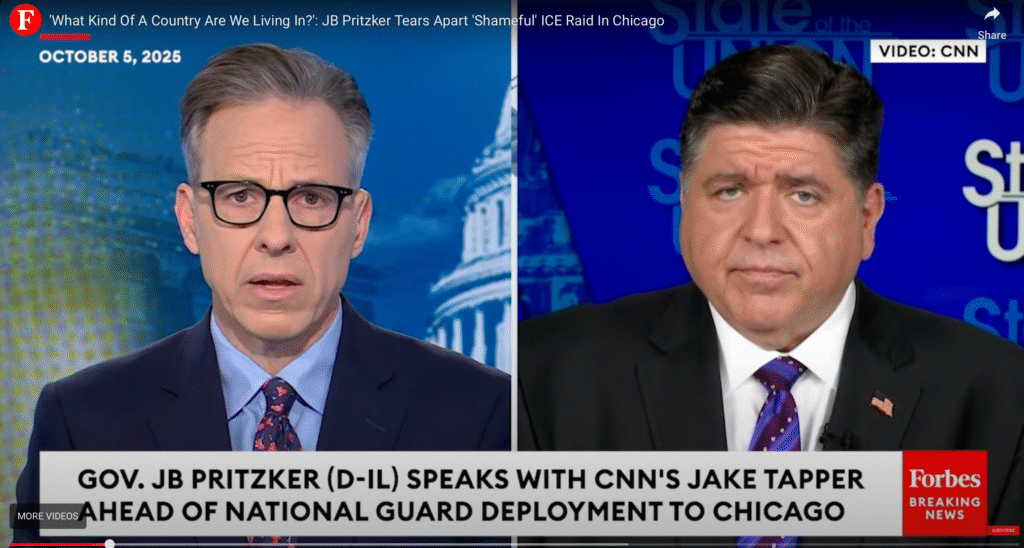
The viral image’s credibility
- Posts identifying the toddler photo as evidence of the raid have not provided original uploader data, or chain of custody; open‑source checks trace it to social reposts rather than a primary capture from the scene.
- Reuters previously documented that similar “agent seizing a child” images were AI composites shared as real, underscoring how such visuals can jump contexts during breaking news cycles.
- Some creators have publicly warned that the specific toddler still circulating is not from the Chicago raid, advising audiences to rely on verified clips from established outlets instead.
What verified media shows
- Broadcast segments and compilations depict helicopters overhead, agents at the building, and residents in restraints; these corroborate the raid but do not authenticate the toddler image.
- National coverage from major outlets describes witness claims about children and the use of zip‑ties while noting the lack of released evidence directly depicting minors being restrained; this distinction is central to responsible verification.
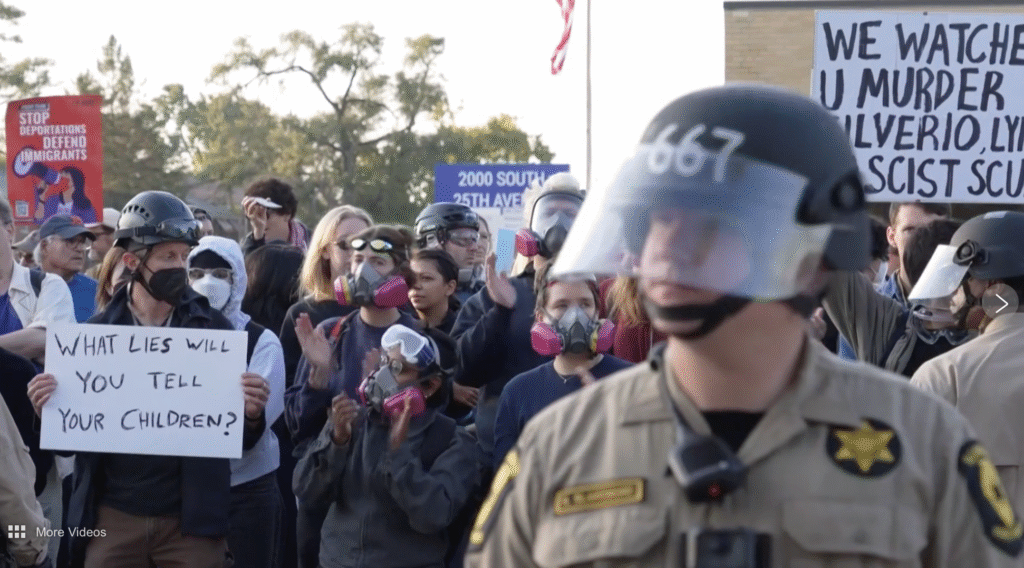
Editorial conclusion
- The photo circulating as a “zip‑tied baby” is unverified and likely synthetic or misattributed, and it should not be presented as proof of child restraint in the Chicago raid without verification of its origin from a reputable source or official release.
- Separate from the image, the underlying allegation that some children were zip‑tied is being investigated by Illinois authorities, and readers should watch for official findings and corroborated visuals from established newsrooms.
How to spot AI and deepfakes

- Check physical consistency: skin with “plastic” sheen, mismatched lighting and shadows, warped hands or accessories, and odd edge halos are common AI tells in photos and videos, according to AP guidance and expert analysis.
- Look for scene coherence: count fingers, inspect reflections and text on signage, and compare multiple frames; AI often stumbles on small repetitive details or consistent text rendering.
- Verify provenance: search for an original uploader, time and place metadata, and newsroom confirmations; absence of chain‑of‑custody is a strong caution flag in breaking news.
- Use tools, but don’t over‑trust them: newsroom studies warn that deepfake detectors can yield ambiguous or misleading results and should supplement, not replace, standard verification workflows.
- Technical red flags: pattern‑perfect noise, unusual compression artifacts, and copy‑pasted textures can indicate synthetic generation or manipulation, as outlined in investigative guides for reporters.
Let’s take a closer look at the viral toddler still
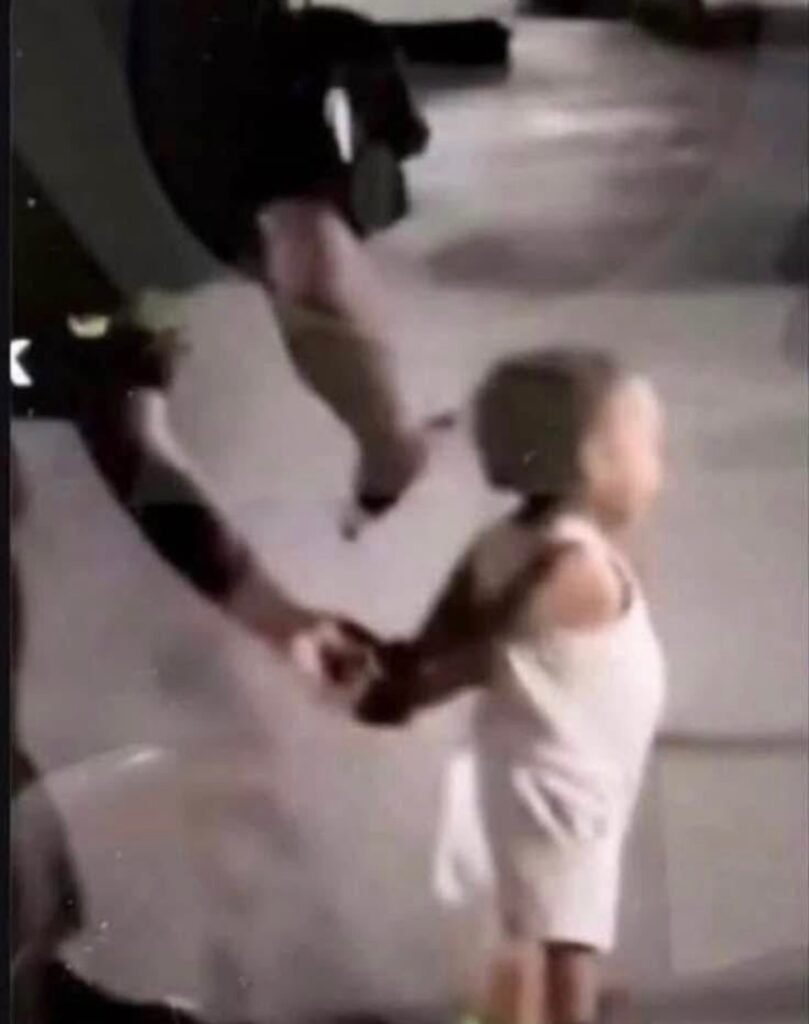
Suspect regions
- Head and face: The child’s facial area is unusually smooth and de-detailed relative to the surrounding noise, suggesting over-smoothing or synthetic generation; note the uniform blur that doesn’t match motion direction or lens depth of field.
- Hairline/outline: A faint halo traces the head and shoulders, with brightness different from the background, consistent with AI compositing or edge blending artifacts rather than optical bokeh.
- Hand junction: Where the adult hand meets the child’s hand, contours look warped and finger geometry is indistinct, a frequent failure mode in generative imagery and copy-move edits.
- Forearm/arm bend: The adult forearm shows a taper and curve that doesn’t align with anatomy, plus patchy texture discontinuities, indicating possible resampling or region synthesis.
- Clothing edges: The sleeveless white garment has inconsistent edge sharpness, some borders are mushy while others pop with a light rim, typical of localized edits or inpainting.
- Background rings: Subtle circular bands/ghosting in the background resemble compression/inpainting halos more than genuine lens vignetting or motion blur, a red flag in forensic checks.
What to verify next
- Zoom and texture test: Inspect skin and flat areas at 100–200% for repeating micropatterns or overly uniform “plastic” textures versus natural sensor noise.
- Edge consistency: Compare edge sharpness around the subject to fixed background edges; AI composites often show mismatched acutance and glow at cut lines.
- Clone traces: Scan for duplicated specks or shapes in the background, copy-move forgeries leave correlated patches AI can miss.
- Metadata/forensics: If possible, run EXIF inspection and an error-level analysis or AI-detector to see if creation tools, resaving, or inconsistent compression blocks appear.
What we can do now
- Treat the toddler photo as unverified until a credible outlet publishes provenance or authorities release evidence; avoid amplifying it as proof of child restraint.
- Follow continuing coverage here and the investigation by Illinois authorities of children’s treatment during the raid to separate substantiated findings from viral speculation.
